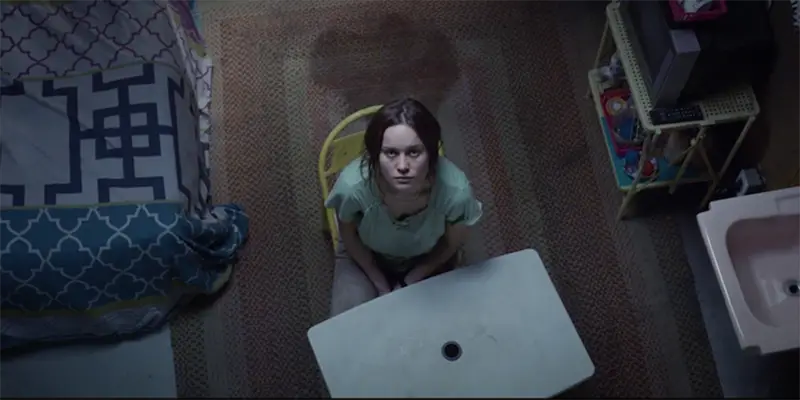2015
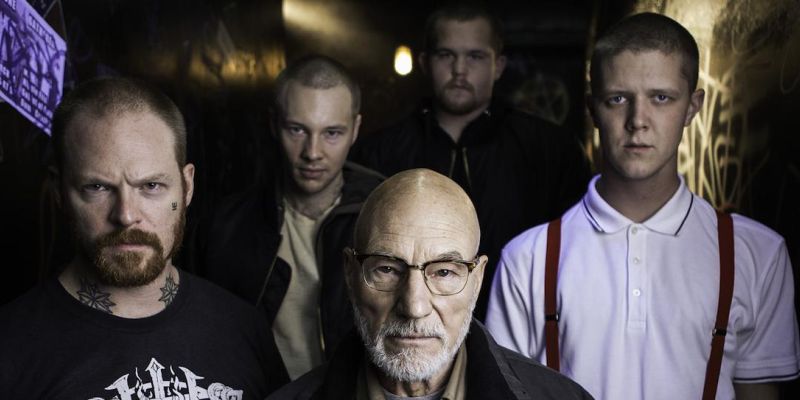
Director Jeremy Saulnier’s debut film Blue Ruin marked him out as a director to watch, a spiritual heir to the throne of the Coen Brothers at their most violent. Like the Coens in their bloodthirsty prime, Saulnier filled Blue Ruin with borderline absurdist humour and fully fleshed out characters who would appear as nothing more than walking quirks were they not so perfectly realised. Most importantly, he achieved something that few other Coen imitators manage – he perfectly understood that the violence in their movies takes place in a moral universe, where no evil deed goes unpunished.

Many filmmakers have made movies about the Holocaust, yet so few are able to portray the atrocities without either becoming exploitative by staging fictionalised versions of some of the worst scenes in recorded history, or by sanitising the events in order to ensure that audiences aren’t left shocked and devastated. Austrian director Michael Haneke has frequently gone on record to claim that the idea of making a film about the holocaust is “unspeakable”, criticising the way a movie like Schindler’s List emotionally manipulates the audience when the subject matter alone should leave every sane person feeling depressed that something like this happened in recent history. Haneke argues that Steven Spielberg staging a sequence where concentration camp prisoners are marched to the shower and then building suspense from whether or not water will come out of the shower heads is the most offensive kind of exploitation; it trivialises a shocking moment of history in order to create nothing more than an action set piece.
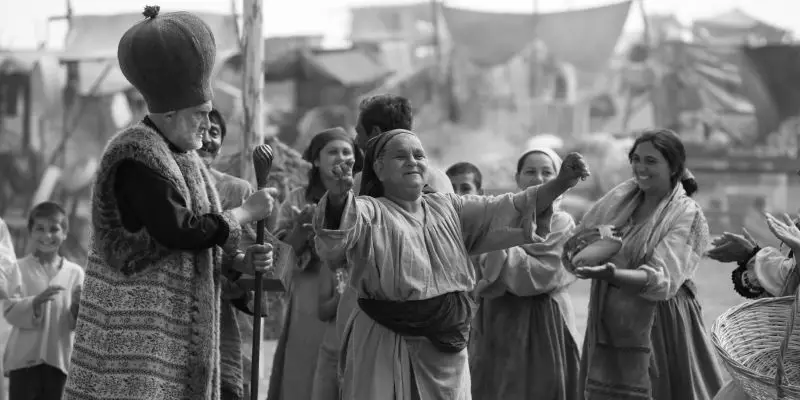
There are two thoughts that go through your head when you hear about a Romanian film which won the Silver Bear for its director Radu June (at the 2015 Berlin Film Festival), and which has been earmarked as the country’s entry into the Foreign Film category at this year’s Oscars. The first is that this must be a very good film indeed. The other is that this is the sort of film that groups of people gather around and agree is an artistic and important film, but ultimately it’s not very entertaining.
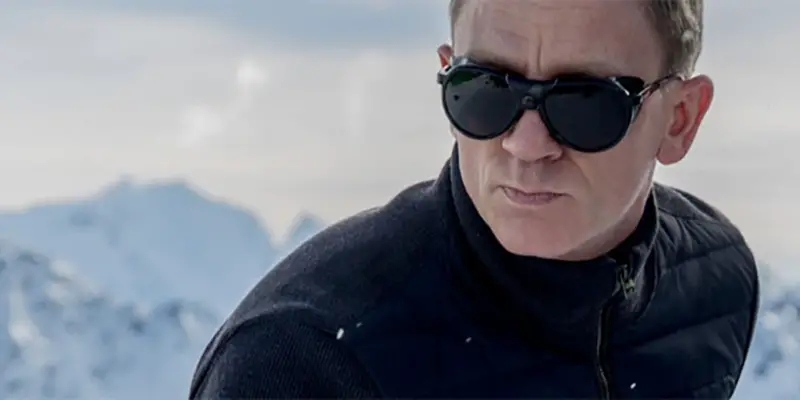
We’ve seen Bond undergo a lot of changes for over fifty years: the globe-trotting playboy whose license to kill spared no evil doer or anonymous henchman. James Bond, the catalyst of Ian Fleming’s romanticized panorama of espionage, grew from fiction novels to a film series that would become a cinematic phenomenon spanning over fifty years.

The fast-paced life of the food industry is a modern miracle that is rarely appreciated. Any waiter or cook will tell you that no matter the level of industry, be it a McDonald’s or a steakhouse, creating food quickly and to customer satisfaction is a daunting task. Burnt attempts to take this one step further by exploring the mind of someone who loves the fast-paced nature of the business.
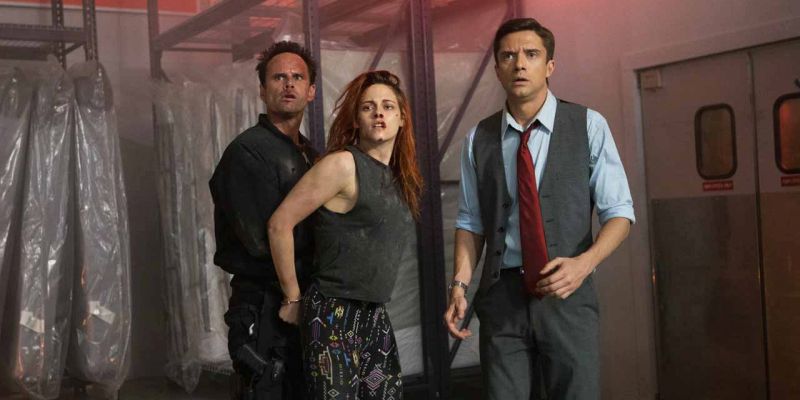
American Ultra is one of those films that sounds really good on paper and even executes well at first, but quickly loses its luster after the quirkiness of its original premise wears off. In this case, its uniqueness comes from the idea of a stoner being a sleeper agent for the government. “Original” might be a little generous, as the film is adapted from the graphic novel of the same name; nevertheless it is something new to the screen, and it stays fun while it continues to feel that way.

I’m a big fan of a well-made sports biopic. Not being very athletic myself but fascinated with the world of sports science and laws of probability, I find I have a great interest in ‘the field’. That is why I was very excited to see that a biopic was being made of Lance Armstrong’s doping scandal and much heralded fall from grace.
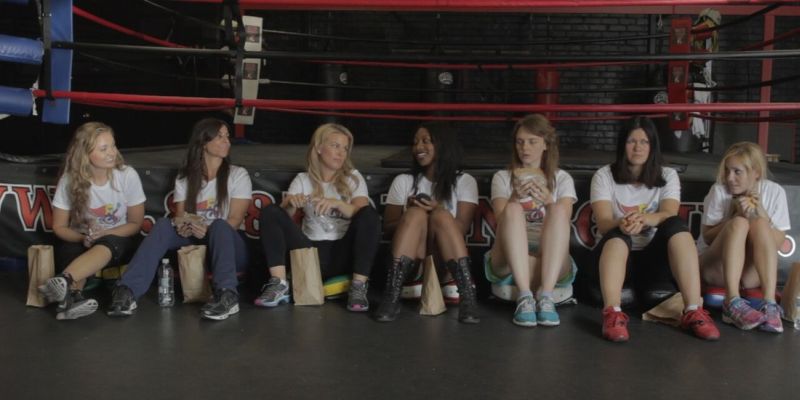
You would be right in thinking with a title like this The Boom Boom Girls Of Wrestling would be a lot of fun even if it wasn’t very good. Made by independent filmmaker Carolin Von Petzholdt, The Boom Boom Girls Of Wrestling claims to be inspired by true events (but I’m pretty sure this is just a gimmick), and tells the story of a group of out of work actresses who train to be wrestlers as part of some kind of reality show. However, on their way to their first event in Las Vegas their bus breaks down and they are stranded in a ghost town where a mysterious slasher (dressed as chicken, because, why not?
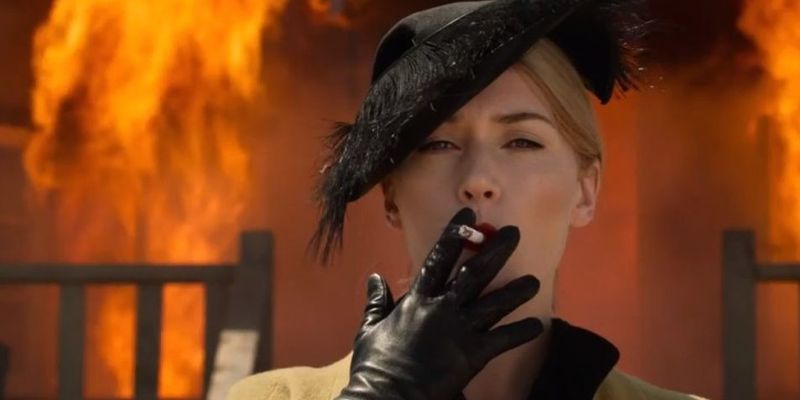
In The Dressmaker, set in 1950’s Australia, Tilly (Kate Winslet) returns to the small rural town she grew up in, to find closure and to take care of her ill mother, Molly (Judy Davis). When Tilly was ten years old, she was sent away after she supposedly killed a boy – although she cannot remember what happened. She spent twenty years travelling around the world, from Melbourne to London, from London to Italy and Spain, and eventually, Paris, France, where she studied at the great Parisian Couture Houses, and became an expert dressmaker.

I love Joe Wright and while I was not overly interested in yet another version of the Peter Pan story, I was excited to see him take on Pan. But the very fact that it spent many more years in production than it probably should have, and the idea of Wright as a CGI movie director did make me uneasy. It turns out that I was right to feel that way, because while it must have been difficult to reinvigorate the Peter Pan story, the problematic production of Pan meant that this version of the story was always going to be something of a bust.
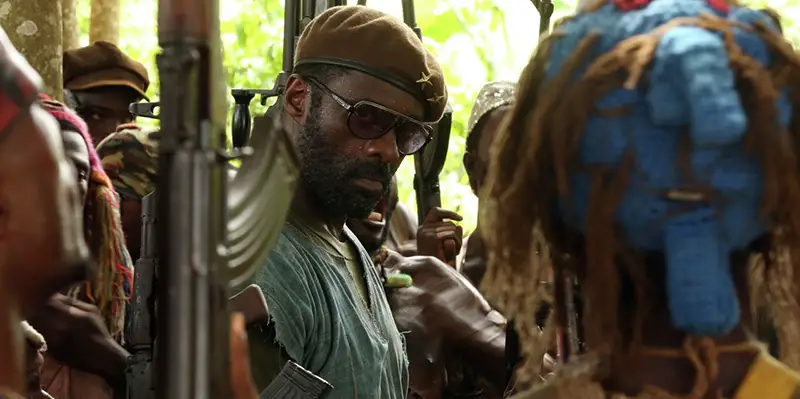
Beasts of No Nation made headlines before even a trailer dropped early in 2015. The Cary Fukunaga drama about child-soldiers in Africa was bought for $12 million by the streaming powerhouse Netflix. This meant that it would be the first time in history a potential Oscar-nominated film would be available online to Netflix subscribers the same day it would be released in theaters.
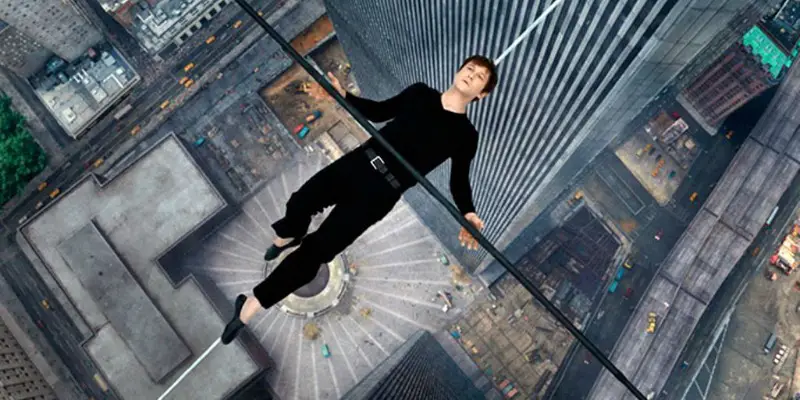
Remember when 3D movies dominated our cinematic landscape? No, not the 1980’s, where blurry red and blue glasses gave way to gimmicky horror films such as Jaws 3D and Amityville 3D. I’m also not talking about the early 2000’s, where 3D was turned over to children’s films, producing flops like Spy Kids 3 and The Polar Express.
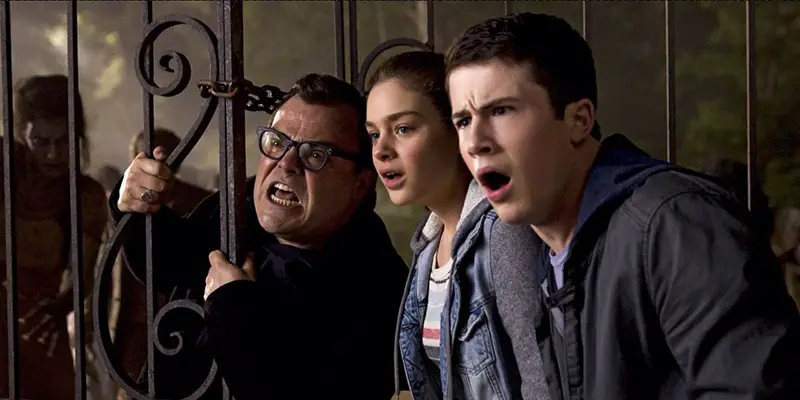
Horror movies geared towards the younger generation are sometimes hard to come by, likely because a large portion of kids do not like to be scared. To make a horror movie for kids, then, you have to somehow tread the line between scary and lighthearted. Luckily, Goosebumps finds that balance, managing to capture not only the charm of Stine’s work, but the scares as well, without straying too far in either direction.
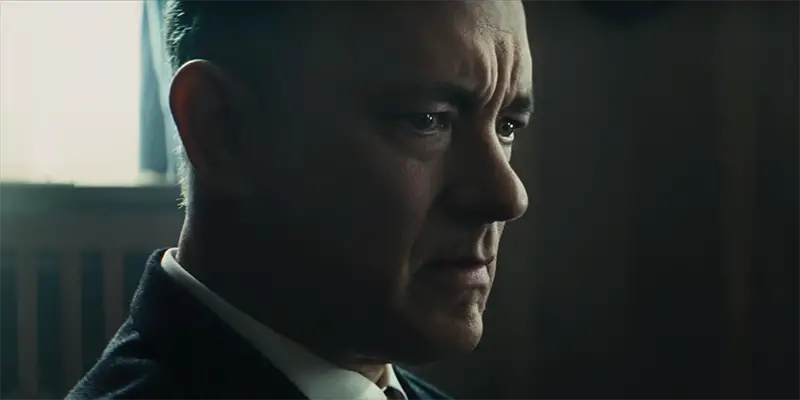
Bridge of Spies is not what I would call a happy film. Gray snow envelopes the dilapidated East German cityscape and we find Tom Hanks’s character interacting with others primarily in poorly lit, often dank rooms. Nearly all of the characters are entirely self-interested with blinders positioned perfectly to block out the undesired effects their actions can have on others.


